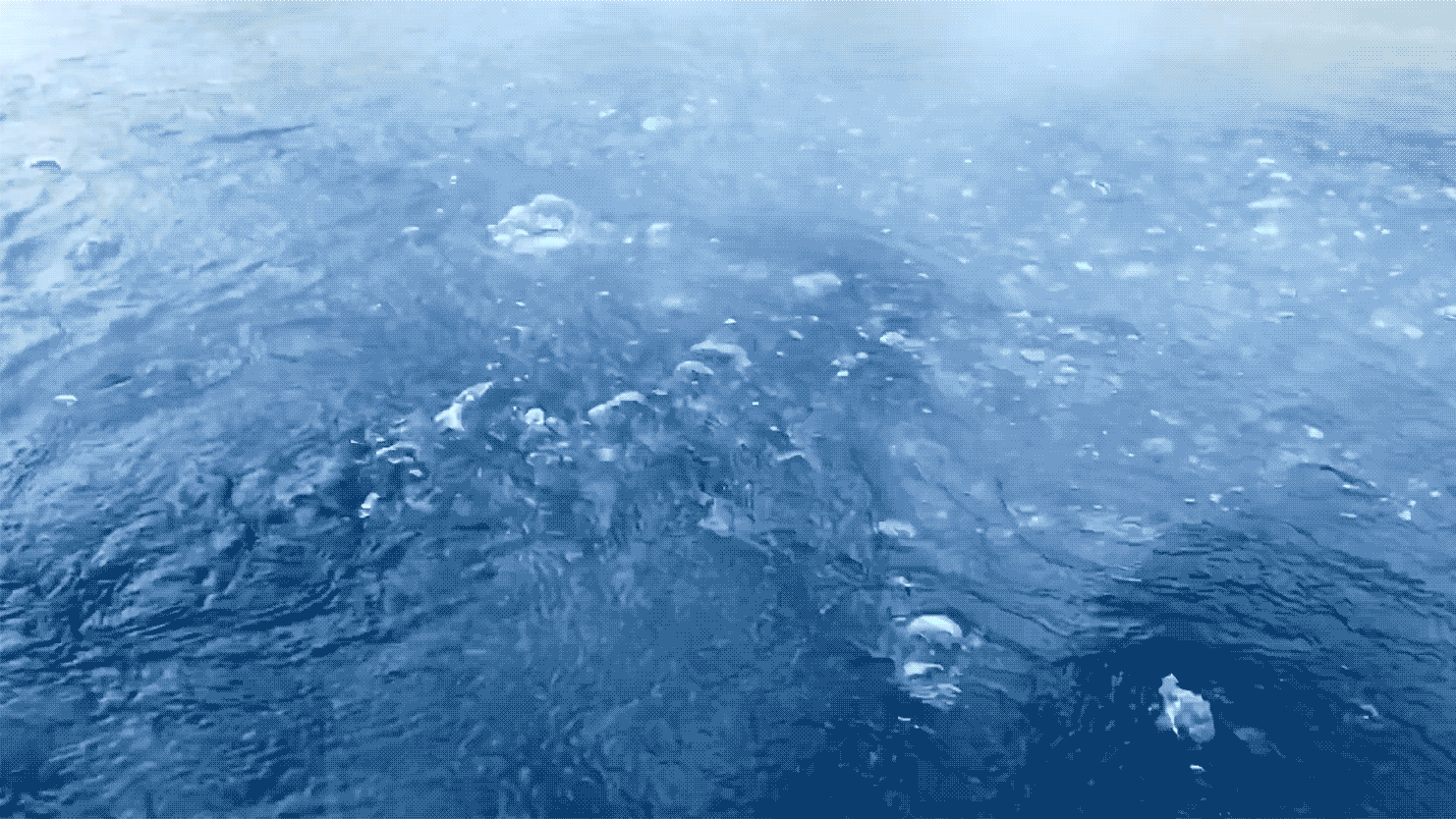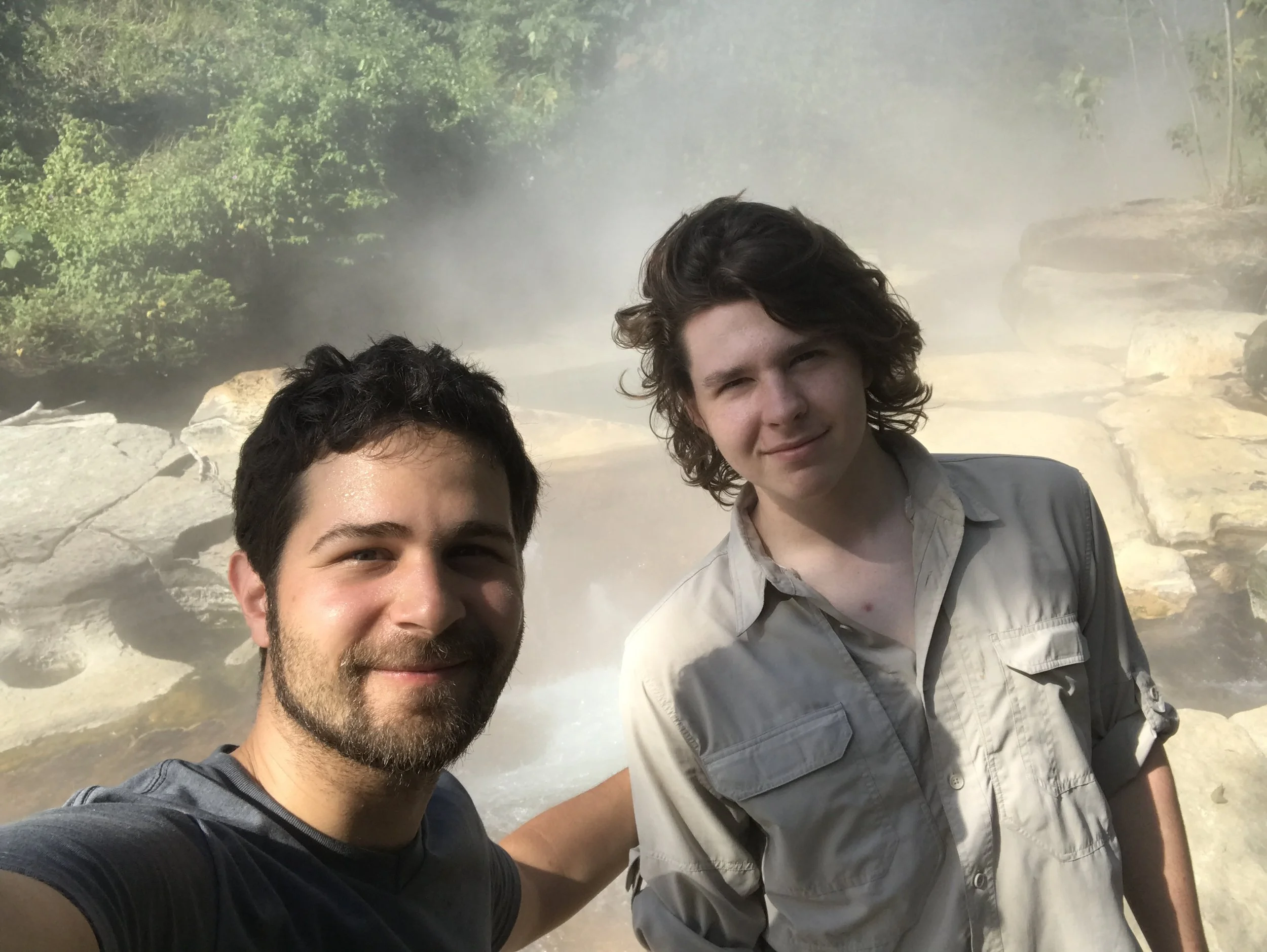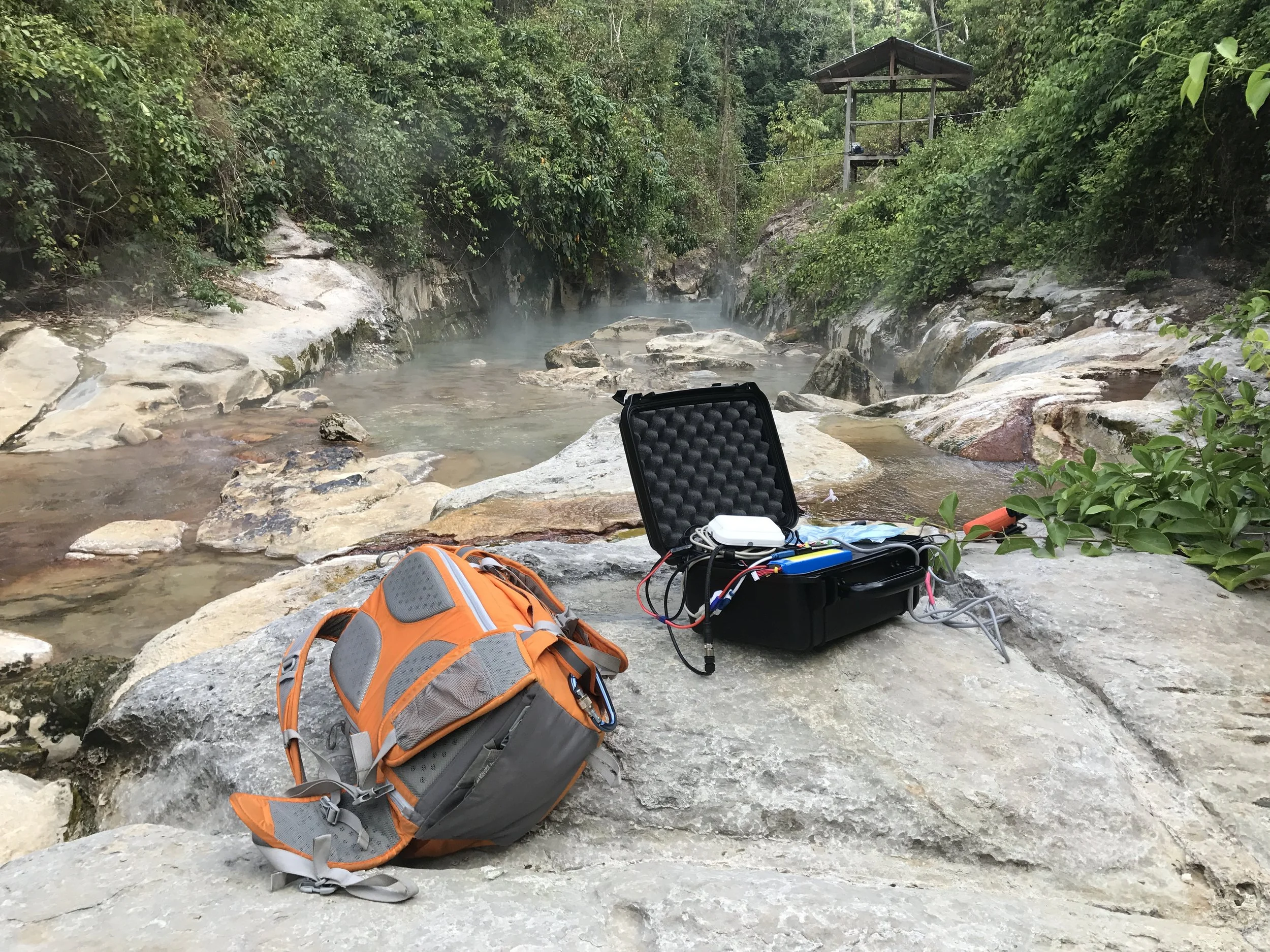
National Geographic Boiling River Project
My legs are covered in mosquito bites. No prayers from Maestro Juan, the shaman of Mayantuyacu, our home deep in the jungle, would stop the incessant itching. Before navigating each twisting bend, the driver of our compact Toyota pickup truck, after performing the Sign of the Cross and honking the horn, turned to look over his shoulder and offered a smile. I noticed once again that the small lanyard hanging from his car keys were made of Huayruro seeds, a popular Peruvian symbol for good fortune. I hoped we wouldn’t die.
I never would have expected I would be sitting in between two TED fellows and National Geographic Explorers two hours from cellular connection in a pickup truck surrounded by the Peruvian Amazon.
Many years ago my passion for photojournalism, research, and conservation engineering caught the eye of Andrés Ruzo.
Andrés, a National Geographic Explorer, TED Fellow, and the leading scientist and founder of the Boiling River Project invited me to join his team as a photographic assistant to Steve Winter, a legendary National Geographic Photographer and in many ways the inspiration behind Sean Penn’s character, Sean O'Connell, in the film “The Secret Life of Walter Mitty".
As you can imagine, I was incredibly excited at the prospect of getting to spend my summer in the Peruvian Amazon with two of my heroes, documenting the phenomenon that is The Shanay-timpishka river (el Río Hirviente) as well as the Jaguar Shaman Culture of the native Asháninka and the Quechua tribes.
Regardless of my title of “Photographic Assistant” at the time I took it upon myself to design/prototype an open source temperature probe that would transmit data via an Iridium satellite to a server in the states — Andrés had mentioned one of his long-term goals was to collect data over months while he was away during the wet season and I hoped to show my value to the members of the team more focused on researching the mysterious river.
It seems this proactive leap impressed Andrés as he invited me down the following two summers, requesting I design a new set of probes that would float down the river and wirelessly send water quality data back to us on the shore via LoRa Radio.
This created a new set of design challenges as the river, no joke, is boiling, reaching well above 200 degrees Fahrenheit.
The probes took two months to design and develop each transmitting two simultaneous streams of data via an Arduino Feather that could be viewed on your phone via a local WIFI network hosted on a Raspberry Pie.
I chose to use sensors developed by Atlas Scientific as I found the industrial versions could withstand the incredibly high temperatures at a relatively low cost.



